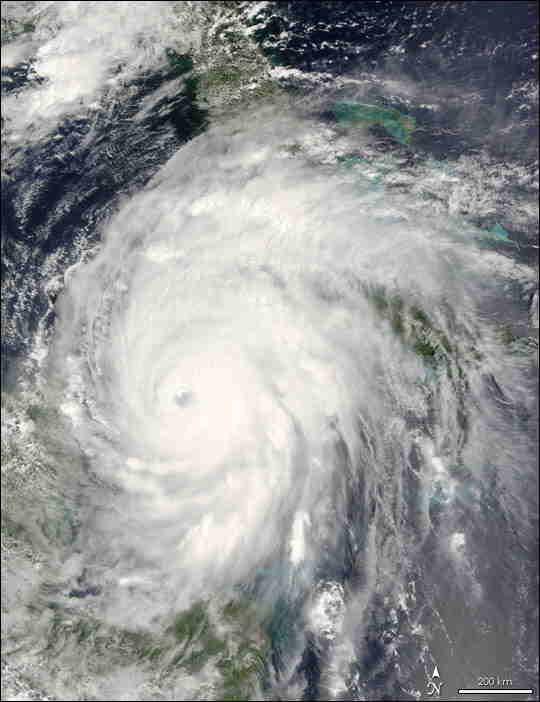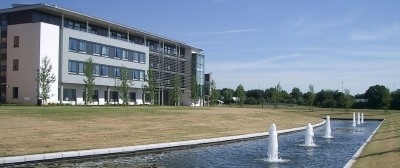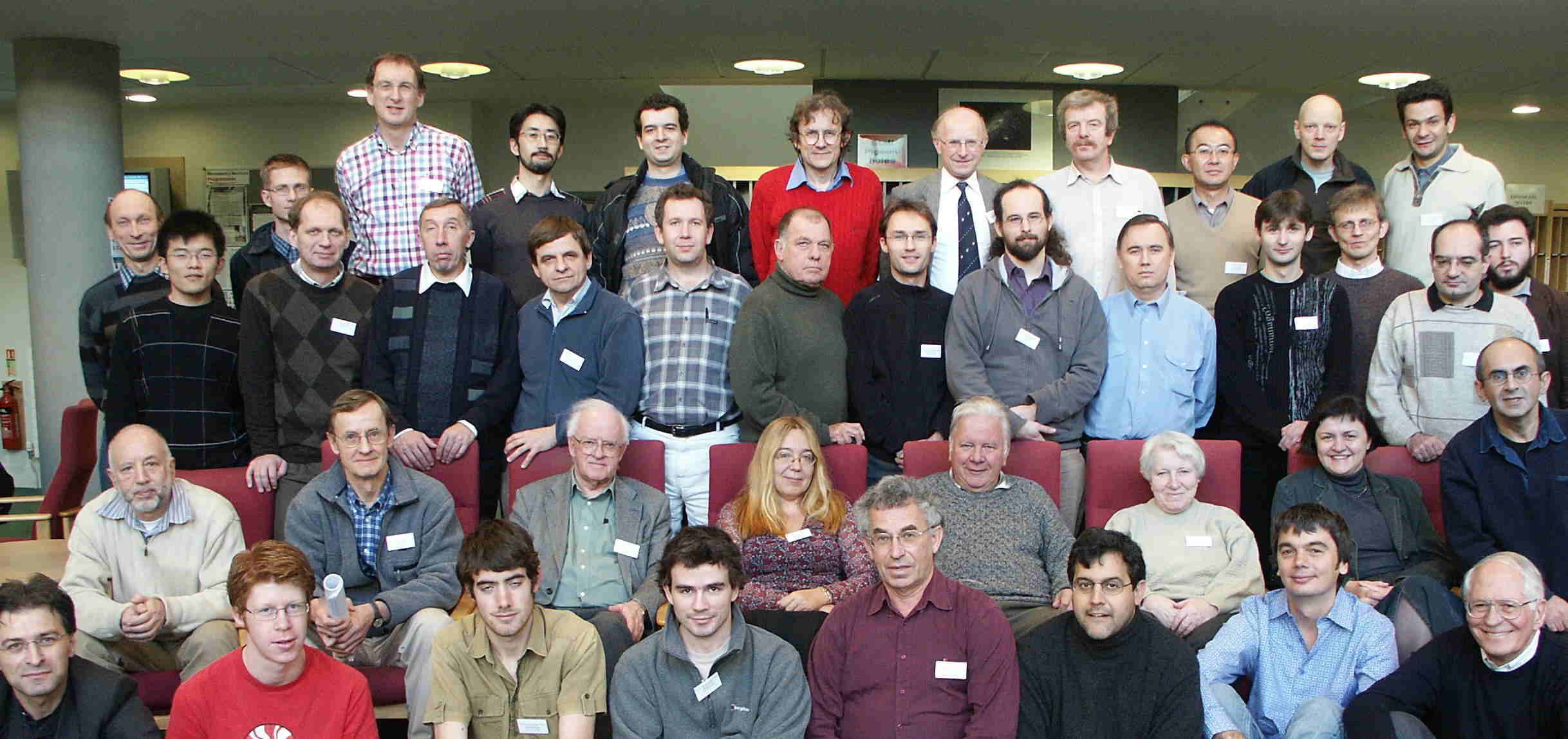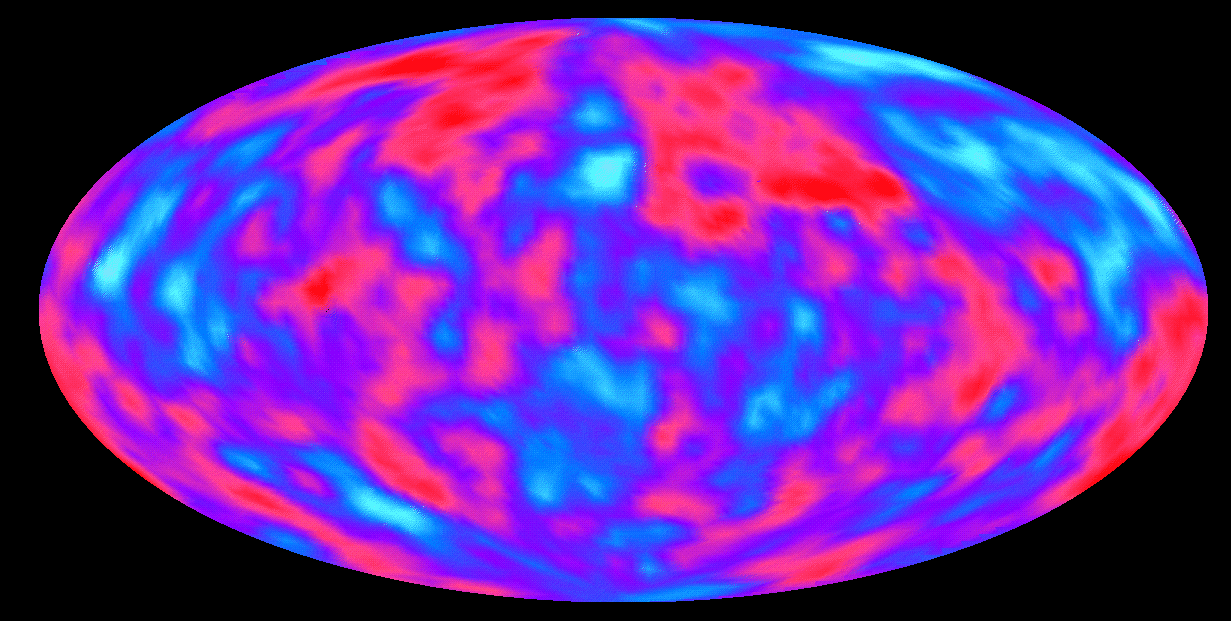 Warwick Turbulence
Symposium
Warwick Turbulence
SymposiumWorkshop on:
Universal features in turbulence: from quantum to cosmological scales
Co-sponsored by EPSRC and ESF (COSLAB,QUDEDIS and STOCHDYN programmes)


Organisers:
STOCHDYN: Peter McClintock
Warwick: Sergey Nazarenko
COSLAB: Grisha Volovik
QUDEDIS: Martin Wilkens
December 5-10, 2005.



